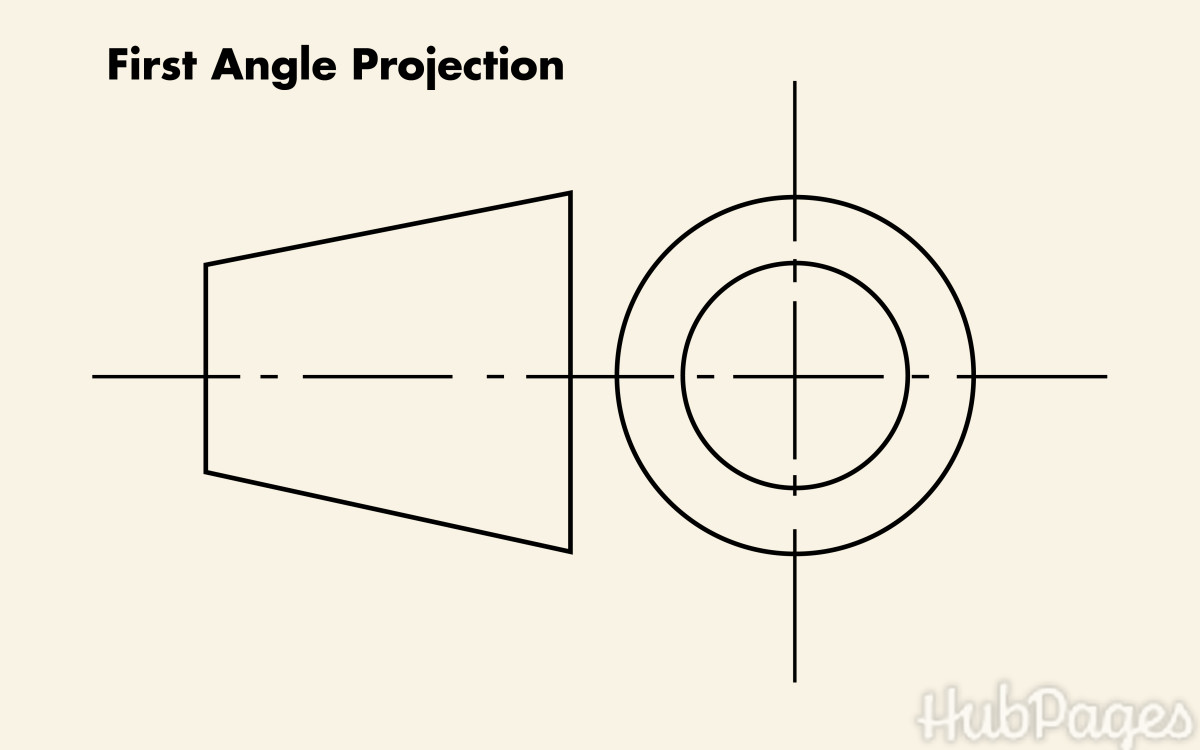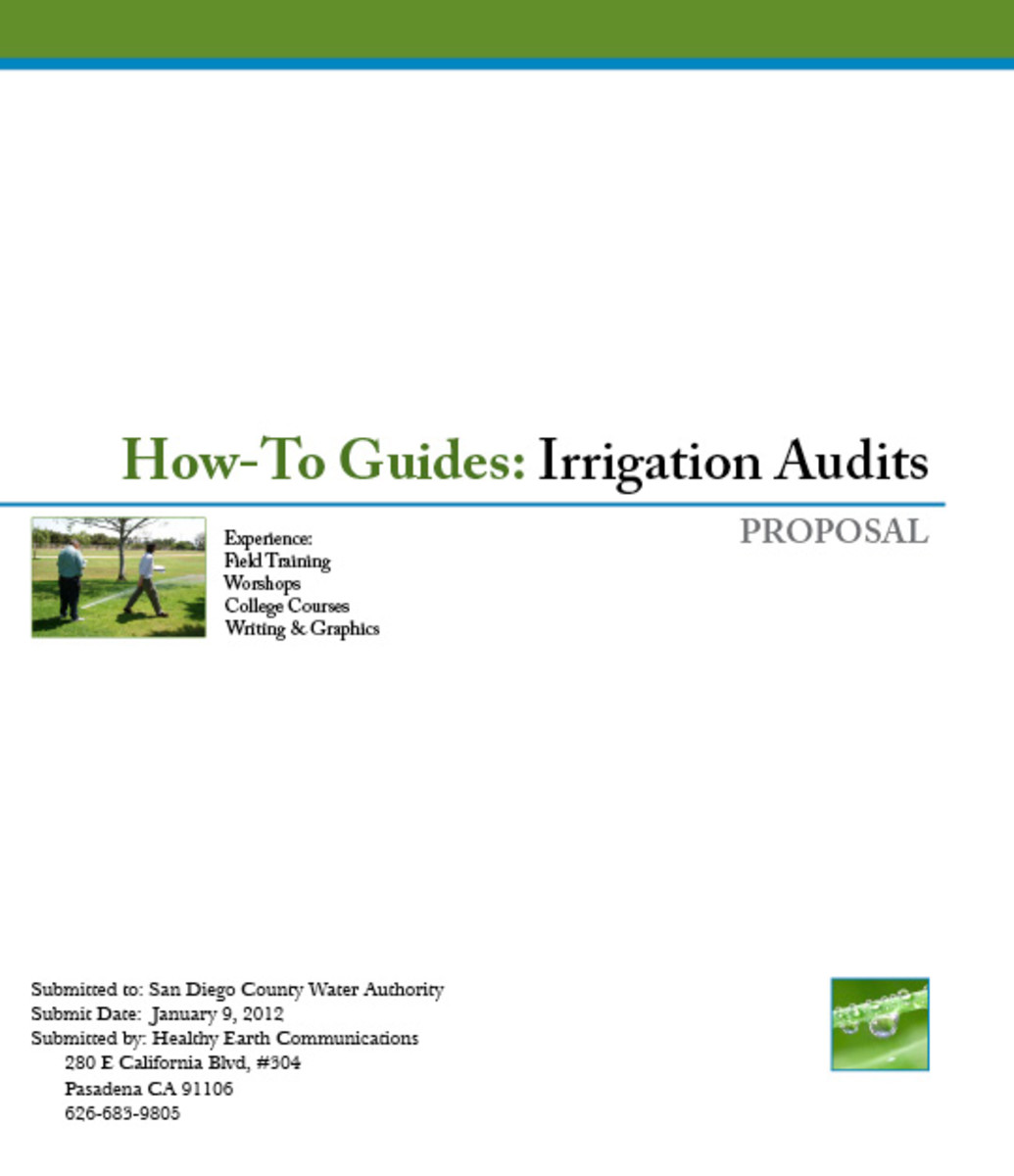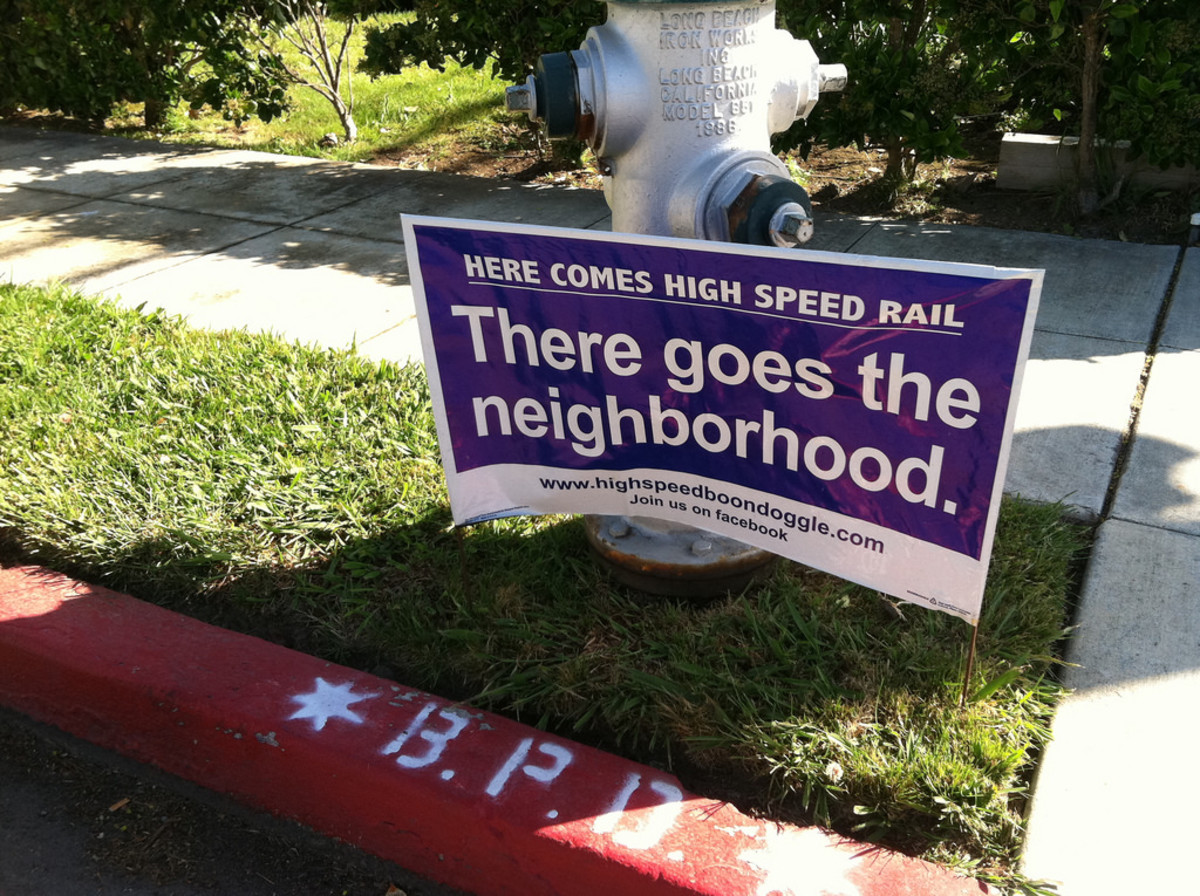How to Write a Contract?
Contract Content
Basic Contract Theory
Companies generally have to compete for work. The bid or tender depends entirely upon the wording of the associated contract conditions. These are the documents that are generally issued with the form of tender. Typical contract documents include items as follows:
• The signature block and project title identify the project and the parties to the contract. This may seem obvious but it has important implications if any part of the contract subsequently becomes the subject of a claim, arbitration or litigation.
• The definition of contract terms and scope summarizes the terms and conditions used and describe the range and extent of the works in sufficient detail to identify the limits of the project.
• Information and facilities to be provided by the client details the additional obligations of the client under the contract. This could include items such as access to premises while works are carried out and commissioned.
• Project approvals relate to the various levels of consents and approvals that are required at various stages throughout the project life cycle. It is common practice for reporting stages to be subject to approval. The client may be required to approve each report before the project team can move on to the next phase of the process. In some cases approval may be required from external sources such as local authority or regulatory approvals.
• Payment systems are usually included within the standard or specific conditions of contract. These are generally based around a monthly valuation, where the client and contractor agree on the extent and value of the works that have been completed and add reasonable allowance for agreed variations, materials delivered, legally committed funds and allocation of provisional and overhead percentages. This sum is then paid to the contractor as an interim payment. Such systems go on right through the contract, with a balancing payment at the end of the contract when the works are finally measured and agreed. This is sometimes referred to as the final account.
• Working drawings show the full design information for the product.
• The specification describes the technical performance of the product or service being provided.
• Schedules describe and summaries the various component and assembly requirements.
• General conditions are standard forms of contract. They are sector generic and are designed to cover the primary duties and obligations under the contract in most applications.
• Specific conditions are drawn up specifically for that particular application. Clients often want to add specific terms and conditions to suit their own circumstances.
• Provision for change and variations is usually included within the general and specific conditions. On a large and complex project, it might be treated separately and be included as a separate document. It would contain provision for the ordering and execution of variations, together with procedures for valuing variations and payment systems.
• The form of tender constitutes the legal offer to carry out the works and appendices contain a summary of any additional contractual information such as fees and contingencies. The tender usually states the project title and parties involved and act as an agreement to carry out the works as described for the stated sum. The bid or tender depends on risk: where the risk is low, the tender price can be accurate
• Dispute resolution is the process for dealing with disputes and arguments. Most contracts call for a first recourse to arbitration, followed by recourse to litigation if arbitration proves to be unsuccessful. This is important as it prevents the wronged party from going directly to court and involving the dispute within a costly and long-term hearing process. Arbitration provides a quicker and cheaper alternative, provided that it is written down as first recourse within the contract and provided both parties agree to it. Increasingly, contracts are calling for the inclusion of Alternative Dispute Resolution (ADR) systems, which involve prescribed procedures to be adopted in the event of a dispute occurring. The procedures are designed to allow reasoned and informed discussion, sometimes chaired by a facilitator, in an attempt to resolve the dispute without the need for it to be taken further.
• Bonds and warranties specify what provision is required and how this is to be executed. Contracts involving public finance often require detailed bond cover, which is usually required up to a stated percentage of the contract sum – perhaps 10 per cent. Guarantees and warranties may be required over and above this. The bond covers contractor performance up to practical completion and handover.
The warranty guarantee covers the quality and reliability of the finished product after handover and during use. The conditions of contract may require that the warranty is secured in some way, perhaps by being insurance backed. The documents may require a collateral warranty that is transferable in the event of the finished project being transferred or sold to a new owner. In order for a contract to exist, there must be:
• Offer and acceptance:- The offer should be distinguished from an ‘invitation to treat’. A price on a good in a shop window is an invitation to treat. The offer is made when the prospective vendor goes into the shop and offers to buy the good for the stated price. Acceptance occurs when the vendor accepts this offer.
• Consideration- may or may not be appropriate, depending on the legal system under consideration. It is the exchange of something of value (usually money).
• Capacity-This relates to the ability of parties to perform their obligations under the contract. The contract can be void if one or more parties have agreed to it while knowing that they do not have the capacity to deliver.
• Legal relations- The contract itself must be legal and there must be an intention to create legal relations. For example, a contract cannot exist where the consideration or the goods under the contract are illegal. A contract for the supply of banned narcotics would thus be void from the outset.
• Communication- Generally, acceptance has to be communicated to the offer or. There can be no contract if the offer or is unaware that the acceptance has been made. This is limited by a number of considerations such as the ‘postal rules’ mentioned above. With this and some other exceptions, it is generally necessary that acceptance is communicated to the offer or before a contract can exist.
A contract can be successfully performed, or it can be terminated in a number of alternative ways. For performance, all parties must complete their liabilities and duties under the terms and conditions of the contract. Alternatives to performance include the following:
• Breach – where one party acts in contravention of one or more terms or conditions.
• Frustration – where a contract cannot be performed, even if both parties wish to do so. Any contract could not then be performed legally, and therefore becomes frustrated.
• Rescission – where there has been an error or misunderstanding in the preparation of the original contract. The courts can elect to rescind one or more contract terms if they are not acceptable.
• Rectification – where a contract term has been wrongly worded or phrased.
The court can rectify the term to make the meaning clear and unambiguous.
• Void – A contract can be void where, for example, the contract goods are illegal. A contract for the delivery of handguns in the UK would be void from the outset.
• Termination/determination– most standard forms of contract allow the contract to be determined under certain circumstances. Determination means that both parties can cease their works under the contract, and the party that has determined the contract has a right to seek reimbursement against the party who has been determined.
Procurement
Procurement is the process by which goods and services are acquired. It is the process of the two (or more) different contractual parties, who have different aims and objectives, interacting and agreeing on a contract within a given market sector. Procurement is a very important function. It is the process by which the organization can attract and contract good quality services.
• Objective phase.
During the objective phase, the objectives of the procurement process are established and reconciled with the objectives of the project (project procurement) and with the overall objectives of the company (strategic procurement). The phase will involve a detailed scrutiny of the project and an analysis of the distribution of authority within the system.
• Exposure phase.
It is necessary to produce some kind of listing of possible sources of supply.This may be done by some kind of standardized selection process, where suitable sources are identified from past experience and reliable ones are listed. Alternatively, the project and the procurement options and availability might be advertised. Expressions of interest may be invited. The exposure phase may be individual to the company or may in some cases be set by statute.
• Alternatives phase.
The alternatives phase usually involves a scrutiny of the various alternative sources available. It sometimes includes an analysis of each expression of interest, backed up by a testing or evaluation procedure that often involves the submission of accounts, references, confirmation of plant, and manufacturing capability. For larger procurement considerations, and with new applicants, onsite inspections may be carried out in order to verify claims. The alternatives phase also involves a decision on the type of contract to be adopted. It might be decided that the best alternative is for a straightforward competitive tender involving sealed bids that are to be opened by someone in authority at a particular time.
• Documentation phase.
The client (or its consultants) prepares contract documents which describe the works in some way, and to such a level of detail that all ambiguity, or as much as is possible, is removed. This is important because it allows all bidders to bid on the same basis. The idea is to produce true parity of tender. The works are generally described using some form of specification – either a design specification where the designer produces full working drawings of what is required, or a performance specification where the client specifies the end performance characteristics that are required – and the contractor then designs the product and implements it. There is an important distinction in terms of risk here. Generally, the onus of risk lies with the client in a design specification, whereas much of this liability is transferred to the contractor in the case of a performance specification
• Tendering phase.
Once applicants have been scrutinized, those selected to proceed may be invited to tender or bid as the preferred source. This involves the client in preparing a formal document that usually describes the liabilities and obligations of each party and sets out the terms and conditions of the tender contract. The various shortlisted bidders complete these documents and tender their offer. The various tenders are then returned and a tender report is prepared.
• Award phase.
The various bids are scrutinized, usually by a legal expert and by a cost expert. It is essential to check that no contract terms or conditions have been amended and that arithmetical or calculation errors have been eliminated.
Different standard forms require different actions in the event of any changes or errors being detected. In some cases, the bidder has to be notified and be given the opportunity of correcting the error or amendment; in other cases, the bidder has to be informed but has to stand by the changes or amendments or else withdraw. The award phase can involve a number of additional sub phases.
• Contract administration phase.
Having awarded the contract, the client or its consultant professional advisors administer the contract in order to ensure that both parties comply with its terms and conditions.
Hubs on Project
- Islamic Project Finance Strcucture
Assumptions 1. FDI – Foreign Direct Investment – 100% FDI is allowed as priority sector Infrastructure Investment. 2. Tax – As priority sector investment government has... - Saudi Healthcare City - Feasibility Report and Proje...
Feasibility Report and Project Appraisal 1) General Information a) Name b) Constitution and sector c) Location d) Nature of industry and product e) Promoters and their contribution ... - What is Role of Team in Project Managment
Project Execution and Management Reviews of the many team working approaches and techniques that claim to enhance the operation of teams by improving team performance and assisting in the development of good team spirit reveal that... - Project Team and Project Management
Team Building Team building in a project management context is the process of taking a series of individuals from different functional specializations and welding them together into a unified project team. Although these... - What are The Characteristics of Project Management
What Is a Project? Introduction The first stage in developing an understanding of project management is to define what a project is and, by contrasting with other production systems, what a project is not. At any moment in... - Project Management Critical Success Factors
Superior Project Management is the use of the right processes by the right people. Highly successful companies work “smarter”, that is, they do things, which are efficient and effective. Financial Management and Schedule Managementare the...








